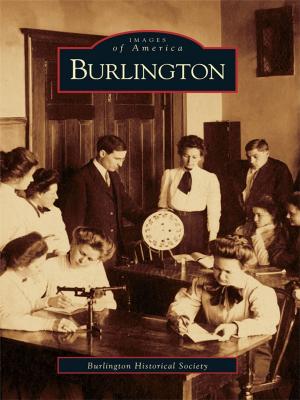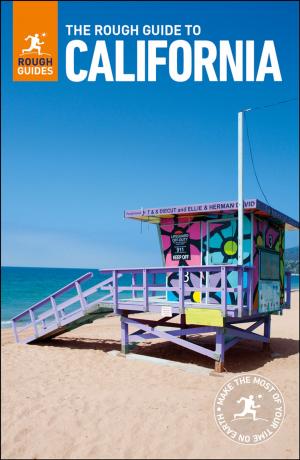| Author: | Pauline Hager | ISBN: | 9781458095244 |
| Publisher: | Pauline Hager | Publication: | May 31, 2011 |
| Imprint: | Smashwords Edition | Language: | English |
| Author: | Pauline Hager |
| ISBN: | 9781458095244 |
| Publisher: | Pauline Hager |
| Publication: | May 31, 2011 |
| Imprint: | Smashwords Edition |
| Language: | English |
An American housewife's husband is offered a position in Japan to work on a multinational project. After much soul-searching they accept, and their lives are never the same. From 1994 to 1997, they lived in the countryside in housing specifically designed for Westerners, surrounded with friendly neighbors from The European Union, Canada, Russia Japan and America. Life in Japan was a daily challenge and Pauline had to learn to adjust to Japanese customs. She gingerly maneuvers through complicated rules of Japanese social behavior, never knowing when a simple faux pas would be construed as an intolerable violation of proper conduct. At times, she learns the hard way: wearing the wrong dinner kimono in a Japanese inn, forgetting to put on the proper toilet slippers. Driving on the left side (British style) on narrow, winding roads was a particularly harrowing experience. Grocery shopping for canned or package food and not knowing how to read the labels turns into a guessing game. In spite of these obstacles, life in Japan is rewarding. Eventually Pauline attends night school (Juko/cram school) and learns to ask simple questions and to read signs in Katakana, Japanese characters designed for foreign languages. Japanese living was a challenge, but a close network of Japanese and fellow expatriate friends enabled the Hagers to prevail. The Hagers also travelled to Hokkaido Island, Mt. Fujii, and Nikko Nat’l. Park in Japan, and Hong Kong, Lantau Island, Malaysia, three southern borders cities in China, and lastly to Thailand. The author describes her exciting visits to these exotic countries, including an unnerving ride on an elephant in Thailand and the couple’s visit to a snake farm where poisonous snakes are harbored.
Memoirs of an American Housewife in Japan is a fun book to read as well as an informational one. Included inside the book are twenty pictures of various people and places taken by the author.
An American housewife's husband is offered a position in Japan to work on a multinational project. After much soul-searching they accept, and their lives are never the same. From 1994 to 1997, they lived in the countryside in housing specifically designed for Westerners, surrounded with friendly neighbors from The European Union, Canada, Russia Japan and America. Life in Japan was a daily challenge and Pauline had to learn to adjust to Japanese customs. She gingerly maneuvers through complicated rules of Japanese social behavior, never knowing when a simple faux pas would be construed as an intolerable violation of proper conduct. At times, she learns the hard way: wearing the wrong dinner kimono in a Japanese inn, forgetting to put on the proper toilet slippers. Driving on the left side (British style) on narrow, winding roads was a particularly harrowing experience. Grocery shopping for canned or package food and not knowing how to read the labels turns into a guessing game. In spite of these obstacles, life in Japan is rewarding. Eventually Pauline attends night school (Juko/cram school) and learns to ask simple questions and to read signs in Katakana, Japanese characters designed for foreign languages. Japanese living was a challenge, but a close network of Japanese and fellow expatriate friends enabled the Hagers to prevail. The Hagers also travelled to Hokkaido Island, Mt. Fujii, and Nikko Nat’l. Park in Japan, and Hong Kong, Lantau Island, Malaysia, three southern borders cities in China, and lastly to Thailand. The author describes her exciting visits to these exotic countries, including an unnerving ride on an elephant in Thailand and the couple’s visit to a snake farm where poisonous snakes are harbored.
Memoirs of an American Housewife in Japan is a fun book to read as well as an informational one. Included inside the book are twenty pictures of various people and places taken by the author.















